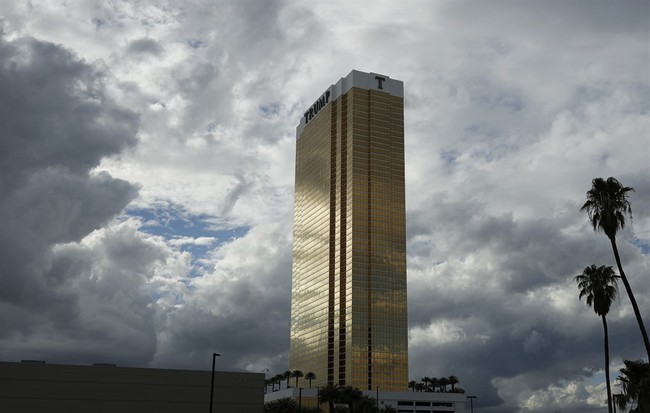
(EDITOR’S NOTE: A US Army spokesperson confirmed to Fox News that Livelsberger “was an active duty Special Forces Operations sergeant who was on leave from Germany where he was serving with the 10th Special Forces Group” at the time he detonated a Tesla Cybertruck on New Year’s Day. The 10th Special Forces Group is stationed at Fort Carson, Colorado.)
Advertisement
The New Year’s Day attacks in Las Vegas and New Orleans have shocked the nation, leaving investigators scrambling to understand the connections, if any, between two U.S. Army veterans responsible for the carnage.
Matthew Livelsberger, a 37-year-old Army veteran, allegedly rented a Cybertruck in Colorado Springs, where he resides, before driving it to Nevada. Authorities report that he loaded the vehicle with firework mortars, gasoline cans, and other flammable materials.
On Wednesday morning, Livelsberger detonated the vehicle outside the Trump International Hotel in Las Vegas. The explosion killed him instantly and injured seven others, leaving the scene in chaos as bystanders fled from the massive fireball and plume of smoke.
Both incidents share haunting parallels, from the perpetrators’ military backgrounds to their use of rented vehicles in acts of calculated destruction. At the center of this investigation is a shared history at Fort Bragg, a major U.S. Army installation in North Carolina.
Fort Bragg: A Shared Starting Point
Both Livelsberger, the suspect in the Las Vegas Tesla Cybertruck explosion, and Shamsud-Din Jabbar, 42, the driver in the New Orleans truck rampage, served at Fort Bragg during their military careers, sources told Denver7 News.
Livelsberger and Jabbar overlapped at Fort Bragg during a pivotal period when they prepared for deployments to Afghanistan. Jabbar served in Afghanistan from 2009 to 2010, working in human resources and IT. Livelsberger’s specific role at Fort Bragg remains under investigation, but officials confirmed he was stationed there during the same timeframe. According to a LinkedIn profile, Livelsberger appears to have been a Special Forces Green Beret.
Advertisement
Matthew Livelsberger, 37, identified as the driver of the Cybertruck that exploded in Las Vegas, is listed on LinkedIn as an Operations Director and Intelligence Manager with Special Forces experience. pic.twitter.com/qPmy2Hqs7X
— Raw Reporting (@Raw_Reporting) January 2, 2025
Rented Vehicles as Weapons
Another chilling similarity is the use of rented vehicles as the centerpiece of both attacks. Livelsberger rented a Tesla Cybertruck from Turo, a popular peer-to-peer car-sharing platform, in Colorado Springs.
Similarly, Jabbar rented a Ford F-150 Lightning pickup truck through the same platform. He used it to plow into crowds on the famed Bourbon Street, killing 15 and injuring dozens. His vehicle was later found to contain firearms, pipe bombs, and remote-controlled explosive devices.
Despite background checks, neither man was flagged as a potential threat. Turo has since stated that there were no indicators in their criminal histories that would have prevented the rentals.
Read More:
TURO App Used to Rent the Trucks Used in the New Orleans, Las Vegas Terror Attacks Render Leads
WOW: Check Out What Was In the Back of the Cybertruck That Blew Up Outside Trump Hotel in Vegas
Calculated Acts of Terror
Both attacks were carefully planned, reflecting a disturbing level of intent. Livelsberger’s Cybertruck was packed with a combination of flammable materials that created a devastating explosion. Video evidence showed charred gas cans and firework mortars in the truck’s remains, suggesting he intended to maximize the blast’s impact.
Advertisement
In New Orleans, Jabbar’s truck not only rammed into crowds but also carried concealed pipe bombs wired for remote detonation. Investigators found an Islamic State flag attached to his vehicle, and videos have emerged of Jabbar pledging his allegiance to the terrorist organization.
The FBI is investigating if Jabbar acted alone, amid conflicting reports.
